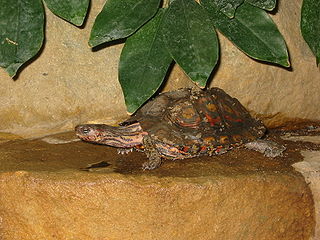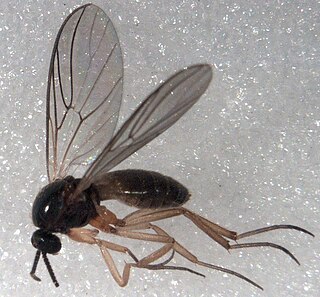Nutella is a brand of sweetened hazelnut cocoa spread. Nutella is manufactured by the Italian company Ferrero and was first introduced in 1965, although its first iteration dates to 1963.

The black-winged kite, also known as the black-shouldered kite, is a small diurnal bird of prey in the family Accipitridae best known for its habit of hovering over open grasslands in the manner of the much smaller kestrels. This Eurasian and African species was sometimes combined with the Australian black-shouldered kite and the white-tailed kite of North and South America which together form a superspecies. This kite is distinctive, with long wings; white, grey and black plumage; and owl-like forward-facing eyes with red irises. The owl-like behaviour is even more pronounced in the letter-winged kite, a nocturnal relative in Australia. Although mainly seen on plains, they are sometimes seen on grassy slopes of hills in the higher elevation regions of Asia. They are not migratory, but show nomadism in response to weather and food availability. They are well adapted to utilize periodic upsurges in rodent populations and can raise multiple broods in a single year unlike most birds of prey. Populations in southern Europe have grown in response to human activities, particularly agriculture and livestock rearing.

Kookaburras are terrestrial tree kingfishers of the genus Dacelo native to Australia and New Guinea, which grow to between 28–42 cm (11–17 in) in length. The name is a loanword from Wiradjuri guuguubarra, onomatopoeic of its call. The loud distinctive call of the laughing kookaburra is widely used as a stock sound effect in situations that involve an Australian bush setting or tropical jungle, especially in older movies.

The hazelnut is the nut of the hazel and therefore includes any of the nuts deriving from species of the genus Corylus, especially the nuts of the species Corylus avellana. It also is known as cobnut or filbert nut according to species. A cob is roughly spherical to oval, about 15–25 mm (0.59–0.98 in) long and 10–15 mm (0.39–0.59 in) in diameter, with an outer fibrous husk surrounding a smooth shell. A filbert is more elongated, being about twice as long as its diameter. The nut falls out of the husk when ripe, about 7 to 8 months after pollination. The kernel of the seed is edible and used raw or roasted, or ground into a paste. The seed has a thin, dark brown skin, which sometimes is removed before cooking.

The Geoemydidae are one of the largest and most diverse families in the order Testudines (turtles), with about 70 species. The family includes the Eurasian pond and river turtles and Neotropical wood turtles.

Chionoecetes is a genus of crabs that live in the northern Pacific and Atlantic Oceans.

Theosodon is an extinct genus of litoptern mammal from the Early to Middle Miocene of South America.
The Diadocidiidae are a family of flies (Diptera). Two genera with over 20 species are described. Diadocidiidae are found worldwide, except in Africa and Antarctica. They are usually considered close to the Keroplatidae, Bolitophilidae, and Ditomyiidae, and used to be included in the Mycetophilidae. They are woodland flies. The larvae spin silken tubes under bark or in dead logs.

Bolitophila is the sole genus in the Bolitophilidae, a family of Diptera, with around 40 Palaearctic and about 20 Nearctic species, and three species from the Oriental region (Taiwan). They are small (6–9 mm.)
Phenacoccus manihoti is a scale insect species.
Leptomorphus is a genus of fungus gnats in the family Mycetophilidae. There are about 8 described species in Leptomorphus.
Heteropterna is a genus of predatory fungus gnats in the family Keroplatidae. There are at least 20 described species in Heteropterna.
Eudicrana is a genus of fungus gnats in the family Mycetophilidae. There are about 13 described species in Eudicrana.
Lygistorrhina is a genus of long-beaked fungus gnats in the family Lygistorrhinidae. There are at least 20 described species in Lygistorrhina.

Mycetobia is a genus of wood gnats in the family Anisopodidae. There are at least 20 described species in Mycetobia.
Medionops is a genus of araneomorph spiders in the Caponiidae family, first described by A. Sánchez-Ruiz & Antônio Domingos Brescovit in 2017.








